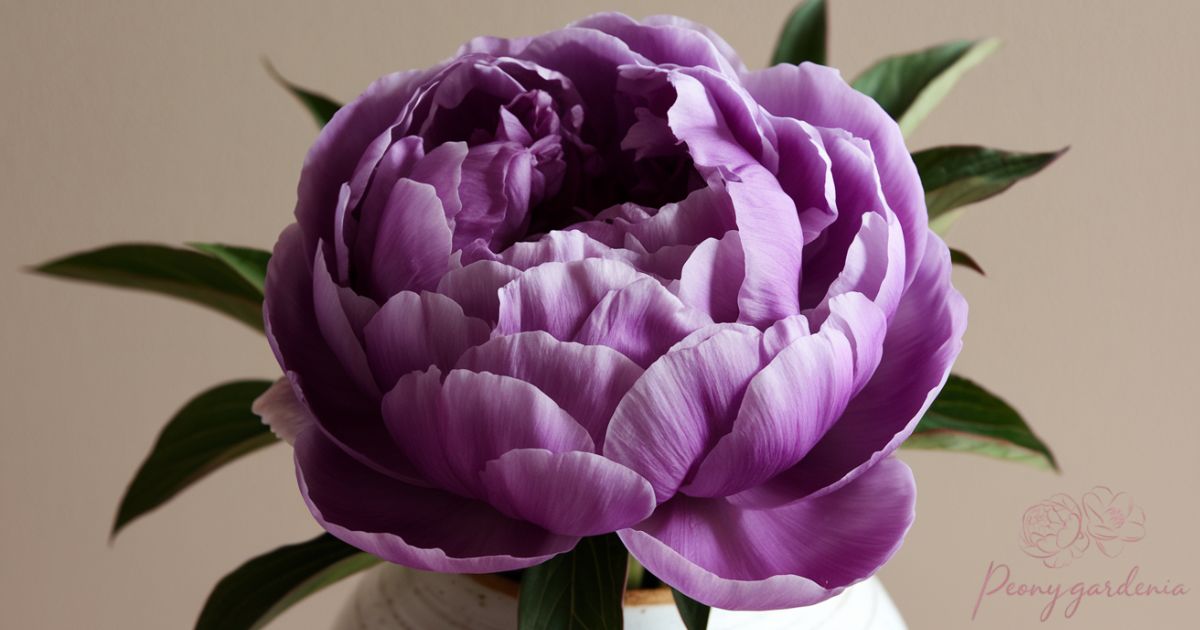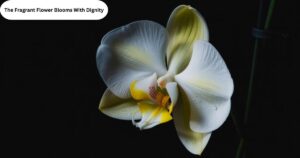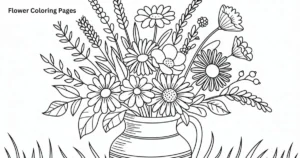Peonies are a beloved flower known for their stunning, full blooms and delightful fragrance. Available in a range of colors, these flowers bring beauty and elegance to any garden. While most peonies come in shades of pink, red, and white, many gardeners wonder if purple peonies exist and what it takes to grow them.
Although true purple peonies are rare in nature, there are hybrid varieties that closely resemble purple hues, such as lavender and magenta. By selecting the right cultivars and providing proper care, gardeners can enjoy peonies with stunning purple-like colors, adding a touch of royalty and charm to their gardens.
Read More: Are Peony Used For Ground Cover?
What Does Purple Represent in Flowers?
Purple flowers have long been associated with royalty, luxury, and elegance. Throughout history, the color purple has symbolized nobility and mystery, often seen as a symbol of higher status and spirituality. In many cultures, purple flowers are linked to pride, admiration, and respect, making them a popular choice for gifts and celebrations.
The deep, rich hue of purple is often used in floral arrangements to convey a sense of grandeur and beauty. In Eastern cultures, purple flowers also signify wealth and good fortune, making them especially meaningful during significant life events and ceremonies.
Are Purple Peonies Naturally Occurring?

While peonies are found in a range of colors, true purple peonies are extremely rare in nature. The natural color palette includes shades of pink, red, white, and yellow, but purple hues are typically not present in wild peony species. This rarity searches purple peonies an exciting endeavor for gardeners and enthusiasts.
The closest naturally occurring color to purple in peonies is often lavender or magenta, which appear in certain hybrid varieties. These hues are subtle and more commonly seen in cultivated peony species rather than wild ones.
Types of Peonies and Their Color Variations
Peonies are categorized into three main types: herbaceous, tree peonies, and Itoh hybrids. Each type has distinct characteristics that influence its colors and growing habits. Herbaceous peonies tend to have a wide range of colors, while tree peonies, known for their woody stems, often feature softer, more delicate tones.
Itoh peonies, a hybrid between herbaceous and tree peonies, bring forth some of the most vibrant and uncommon colors. This includes varieties that showcase shades close to purple, like lilac and lavender. Each type has unique bloom structures, offering different visual and aesthetic options for gardeners.
Do Purple Peonies Exist?

While purple peonies do not naturally exist in the traditional sense, some cultivars resemble this color. These peonies often display lavender, magenta, or reddish-purple shades, offering a similar visual effect. Some well-known cultivars, such as ‘Sarah Bernhardt,’ have hues that resemble purple when in full bloom.
Purple-like peonies, however, do not match the deep, rich tones of some other flowers like irises. Lavender and lilac varieties of peonies often come closest to the purple color sought by many gardeners, and these cultivars are celebrated for their beauty and charm.
How to Create a Purple Peony-Like Color
To achieve purple-like colors in peonies, hybridization is key. By crossing different peony types, especially Itoh hybrids with tree peonies, breeders can create peonies with richer colors, including shades of lavender and magenta. Such hybrids tend to have larger blooms and more vibrant hues.
Growing techniques also play a crucial role in achieving the desired color. Peonies should be planted in well-drained soil and receive ample sunlight, as this helps intensify the color of the blooms. Careful selection of breeding plants can help produce the closest possible purple shades in peony varieties.
Growing Peonies with Purple-Hued Flowers

To grow peonies with purple hues, it’s essential to choose the right variety that naturally leans toward this color. Lavender-toned peonies like ‘Lavender Lace‘ thrive in cooler climates with adequate moisture. Planting them in a location with full sun exposure ensures the flowers will reach their peak color.
Regular care, such as fertilizing with a balanced formula and ensuring the plants are well-watered, is also important for vibrant blooms. Peonies with purple-like colors often benefit from consistent attention to soil health, moisture, and light conditions.
Purple Peonies vs. Other Purple Flowers
Purple peonies are often compared to other popular purple flowers, like lilacs, orchids, and irises. While all share a similar color palette, purple peonies offer a unique richness due to their large, full blooms and floral scent. Unlike the delicate nature of lilacs or the exotic appeal of orchids, peonies carry a classic charm.
The symbolism of purple peonies also contrasts with other purple flowers. While lilacs often symbolize youth and innocence, convey nobility and respect. This makes them a popular choice for both formal occasions and casual garden settings, where their beauty and meaning stand out.
Conclusion
In conclusion, while true purple peonies are rare in nature, it is possible to cultivate with purple-like shades through careful hybridization and breeding. Varieties such as lavender, lilac, and magenta peonies offer a beautiful alternative to traditional colors, providing a unique and elegant touch to gardens.
Achieving these hues requires attention to growing conditions like proper sunlight, soil, and moisture. Though purple peonies may not be as common as other colors, they are definitely attainable for those willing to explore hybrid cultivars and learn the best techniques for cultivating vibrant, stunning blooms in their gardens.
FAQs
Can peonies be purple?
Purple peonies are rare, but hybrids with lavender or magenta hues exist.
What do purple peonies symbolize?
Purple peonies symbolize nobility, respect, and elegance.
Are purple peonies naturally occurring?
True purple peonies do not occur naturally in the wild.
How can I grow purple-like peonies?
Grow lavender or magenta-toned hybrids by selecting the right cultivars and providing proper care.
Which peony varieties resemble purple flowers?
Lavender Lace and other hybrids offer colors close to purple.









